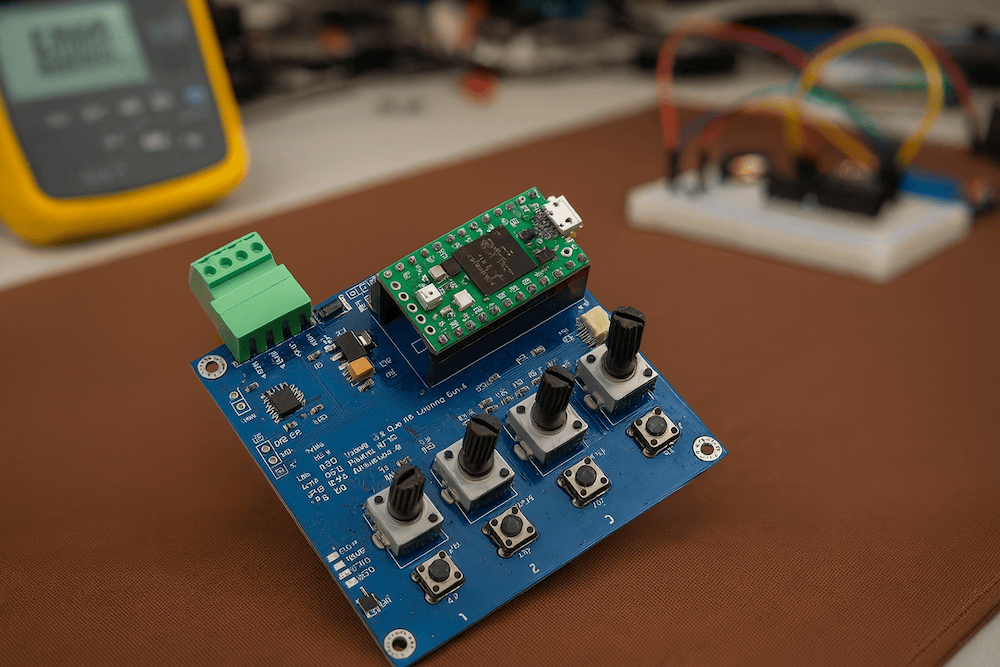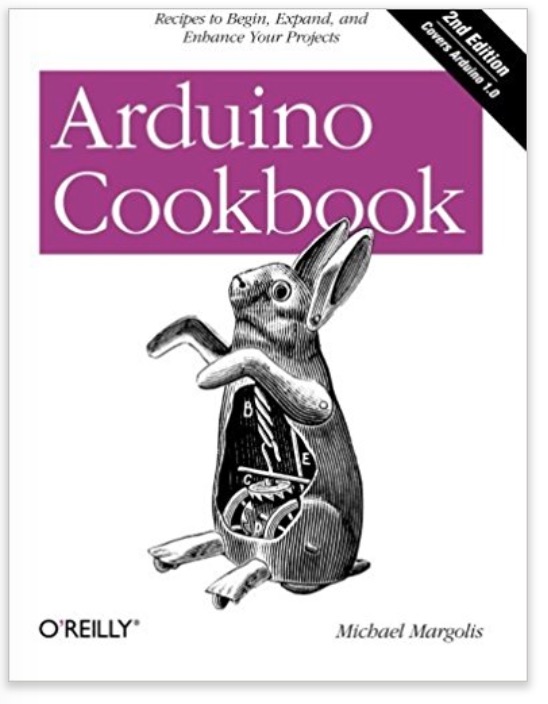Recent Posts
Unlocking the Power of CAN and CAN FD with the Teensy 4.0 Training Board
Posted by on
 In today’s world of interconnected systems, reliable communication is the backbone of progress. From the cars we drive to the machines in our hospitals and factories, Controller Area Network (CAN) and its modern extension, CAN FD, are central to transmitting data securely and efficiently. Developers, engineers, and students entering this field need a platform that not only demonstrates the principles of CAN communication but also allows them to experiment and build in a safe and reliable way. The Teensy 4.0 CAN Bus & CAN FD Training Board is designed precisely for that purpose.
In today’s world of interconnected systems, reliable communication is the backbone of progress. From the cars we drive to the machines in our hospitals and factories, Controller Area Network (CAN) and its modern extension, CAN FD, are central to transmitting data securely and efficiently. Developers, engineers, and students entering this field need a platform that not only demonstrates the principles of CAN communication but also allows them to experiment and build in a safe and reliable way. The Teensy 4.0 CAN Bus & CAN FD Training Board is designed precisely for that purpose.
At its core lies the Teensy 4.0, a microcontroller renowned for its speed and efficiency. Powered by the ARM Cortex-M7 running at 600 MHz, it provides the performance needed to handle complex communication protocols in real time. When paired with the board’s support for both Classical CAN and CAN FD, developers gain the ability to test legacy systems alongside the latest flexible data-rate technology. This makes the platform a versatile tool that can serve a wide range of industries.
One of the key strengths of this training board is its role in establishing a dependable test environment. In automotive engineering, where safety is paramount, having the ability to simulate sensors and monitor data exchanges before deploying into a real vehicle can prevent costly errors and potential hazards. The board includes potentiometers, LEDs, and push-buttons, which act as stand-ins for real-world devices. Engineers can replicate sensor signals, visualize system responses, and simulate operator inputs without risk to hardware or people. This hands-on test environment fosters experimentation and rapid iteration while ensuring safety and reliability.
The importance of such an environment extends beyond the automotive sector. In medical technology, precision and trustworthiness are non-negotiable. Devices that communicate through CAN or CAN FD, such as patient monitoring systems or infusion pumps, must be validated under rigorous conditions. Using a training board to simulate inputs and responses helps engineers uncover potential communication issues early in the development cycle. The ability to reproduce exact scenarios repeatedly is critical to ensuring compliance with strict regulatory standards.
In industrial automation, efficiency is often the measure of success. From robotic arms to conveyor belts, systems must work seamlessly together under demanding conditions. CAN and CAN FD are essential to these operations, enabling real-time communication between machines. With the Teensy 4.0 Training Board, developers can experiment with network behavior, latency, and error handling in a controlled environment. This helps them design automation systems that remain robust even when faced with network congestion or unexpected electrical noise.
Another important aspect of this board is its ease of programming. The Teensy ecosystem is compatible with the Arduino IDE, making it approachable for beginners while remaining powerful enough for professionals. Developers can start with simple sketches to toggle LEDs or read potentiometer values, then move on to sophisticated projects involving advanced CAN protocols. The straightforward programming model accelerates the learning process, enabling engineers to focus on solving real-world problems rather than struggling with overly complex toolchains.
Scalability and flexibility are also central to the board’s design. With the integrated Qwiic connector, additional sensors and modules can be added without the need for soldering or complicated wiring. This makes it easy to expand projects, whether that means attaching temperature sensors for an automotive cooling system prototype, or integrating pressure sensors for industrial applications. The combination of high-speed processing, reliable CAN communication, and easy expansion ensures that this platform can grow with the developer’s ambitions.
Ultimately, the Teensy 4.0 CAN Bus & CAN FD Training Board is more than just a piece of hardware. It is a bridge between theory and application, offering students, hobbyists, and professionals the opportunity to explore communication protocols in a safe, flexible, and highly capable environment. For automotive engineers, it provides a test bed for developing and refining vehicle networks. For medical device designers, it ensures reliability in life-critical communication systems. For industrial innovators, it delivers the tools to optimize automation and efficiency.
By combining processing power, protocol flexibility, hands-on learning features, and ease of programming, this board represents an ideal environment for mastering the complexities of CAN and CAN FD. It empowers users to innovate confidently, knowing they have a platform that supports both the learning curve and the demands of professional prototyping. More information...
References
 Arduino Cookbook
Arduino Cookbook
Want to create devices that interact with the physical world? This cookbook is perfect for anyone who wants to experiment with the popular Arduino microcontroller and programming environment. You will find more than 200 tips and techniques for building a variety of objects and prototypes such as toys, detectors, robots, and interactive clothing that can sense and respond to touch, sound, position, heat, and light.
You don't need experience with Arduino or programming to get started. Updated for the Arduino 1.0 release, the recipes in this second edition include practical examples and guidance to help you begin, expand, and enhance your projects right away, whether you are an artist, designer, hobbyist, student, or engineer.
- Get up to speed on the Arduino board and essential software concepts quickly
- Learn basic techniques for reading digital and analog signals
- Use Arduino with a variety of popular input devices and sensors
- Drive visual displays, generate sound, and control several types of motors
- Interact with devices that use remote controls, including TVs and appliances
- Learn techniques for handling time delays and time measurement
- Apply advanced coding and memory handling techniques
 Loading... Please wait...
Loading... Please wait...
